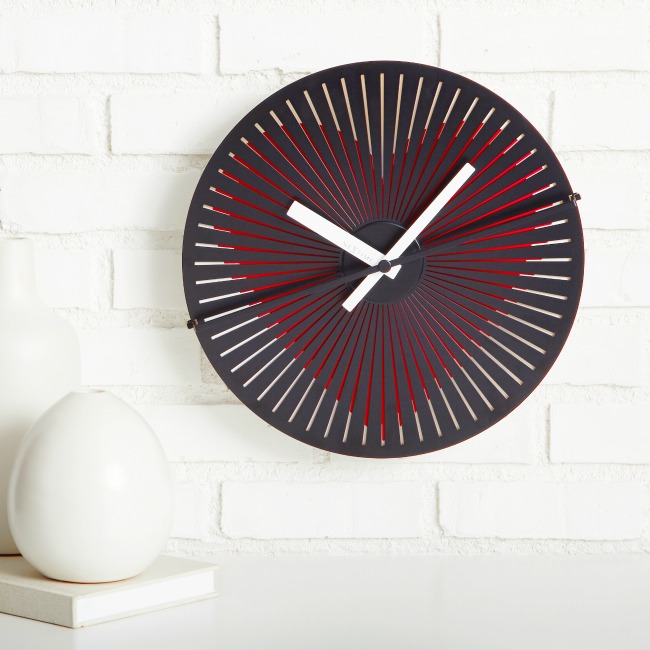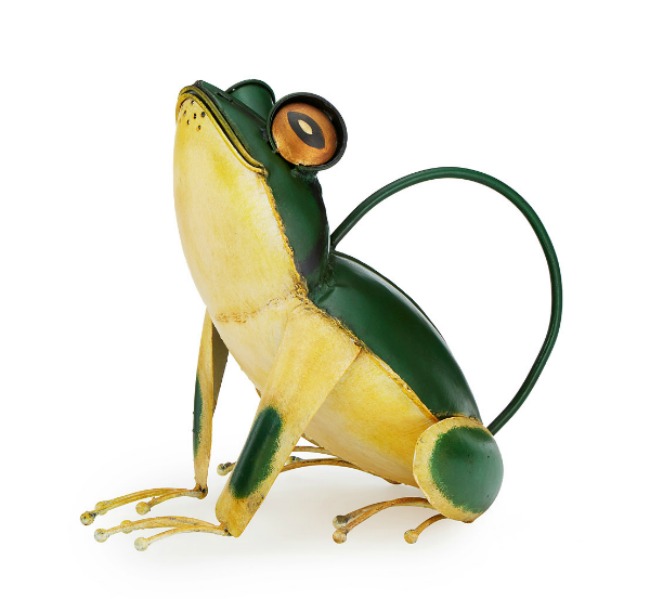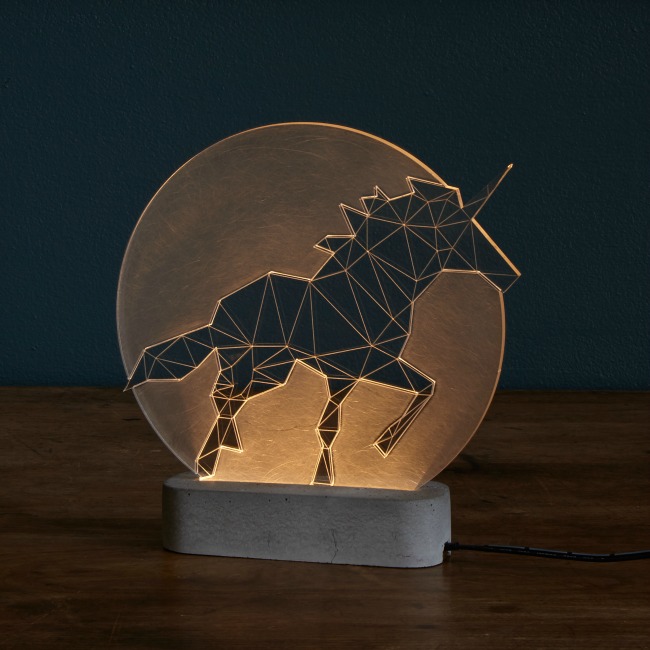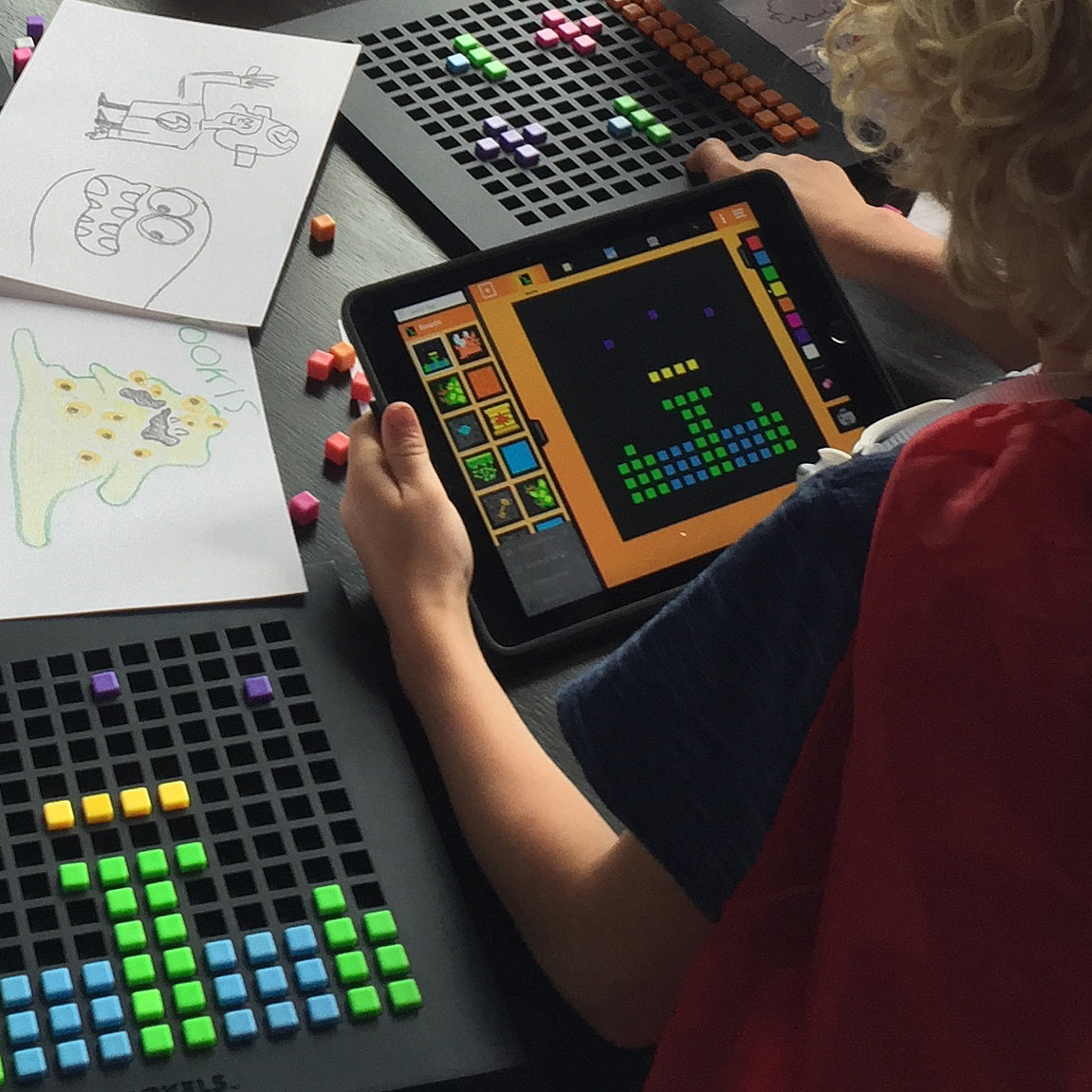
Our beating heart clock combines elements of art and science in a kinegram, a manipulation of still images to convey a sense of repetitive motion.
Remember the simple flip books you made as a kid? A few drawings stacked in sequence, bound, and when flipped, a cartoon hero seemed to run across the page. What was this wizardry that brought crude line drawings to life? It was thanks to an optical phenomenon called the persistence of vision, where the breaks between ‘frames’ go unnoticed because of the inherent lag in how fast our eyes update visual information. On a more grown-up level, the same principle makes the magic of television and movies possible. In fact, films are sometimes called flicks because of the flickering nature of how they work: at least 24 frames per second race before our eyes to make the illusion of continuous motion.







